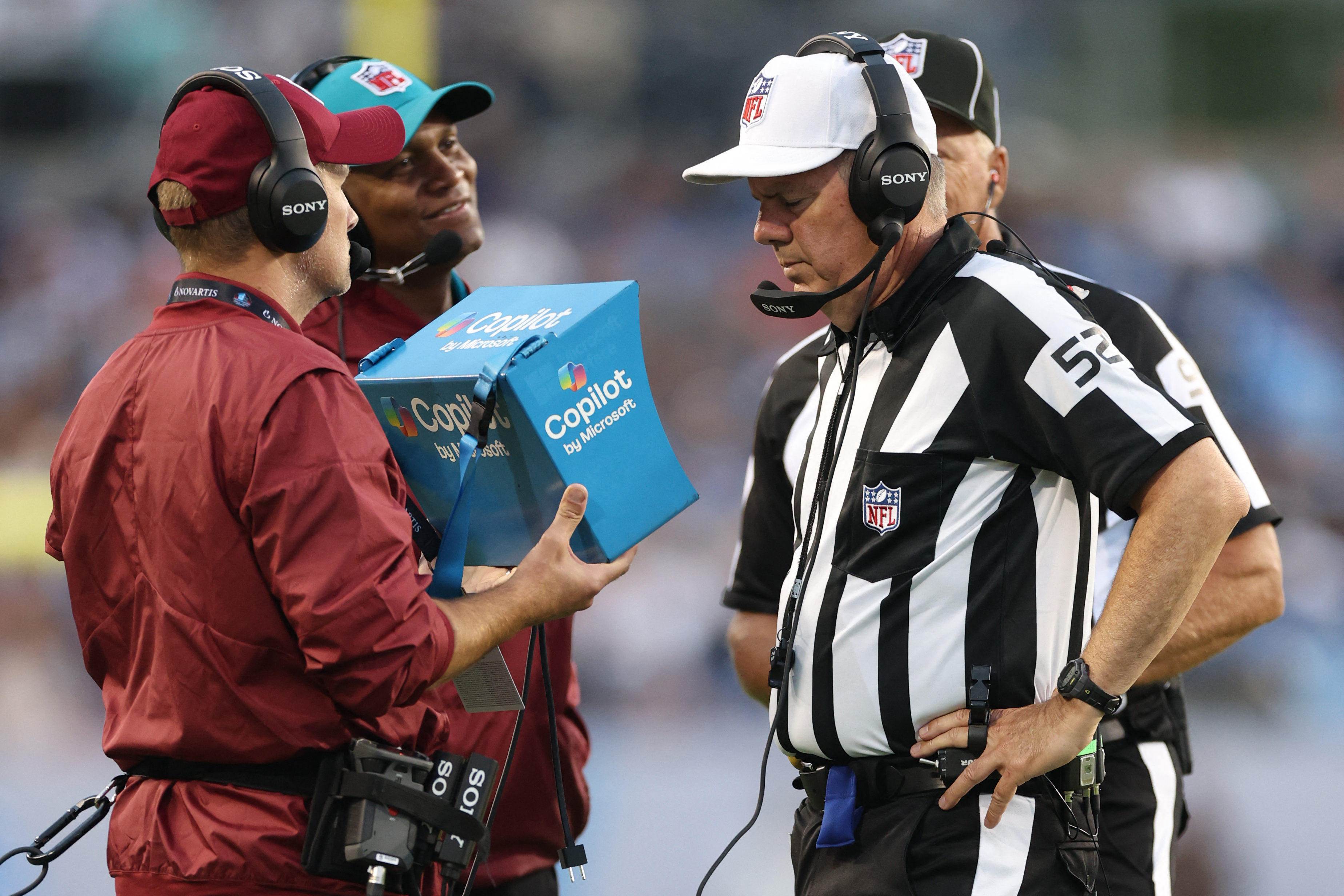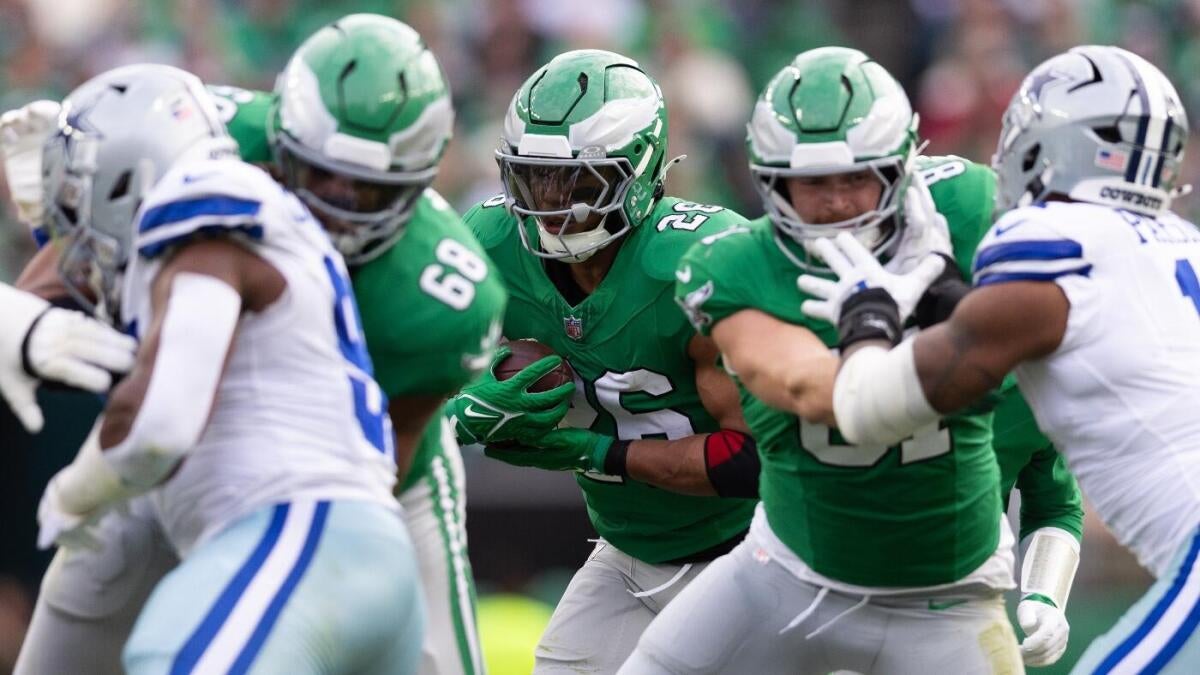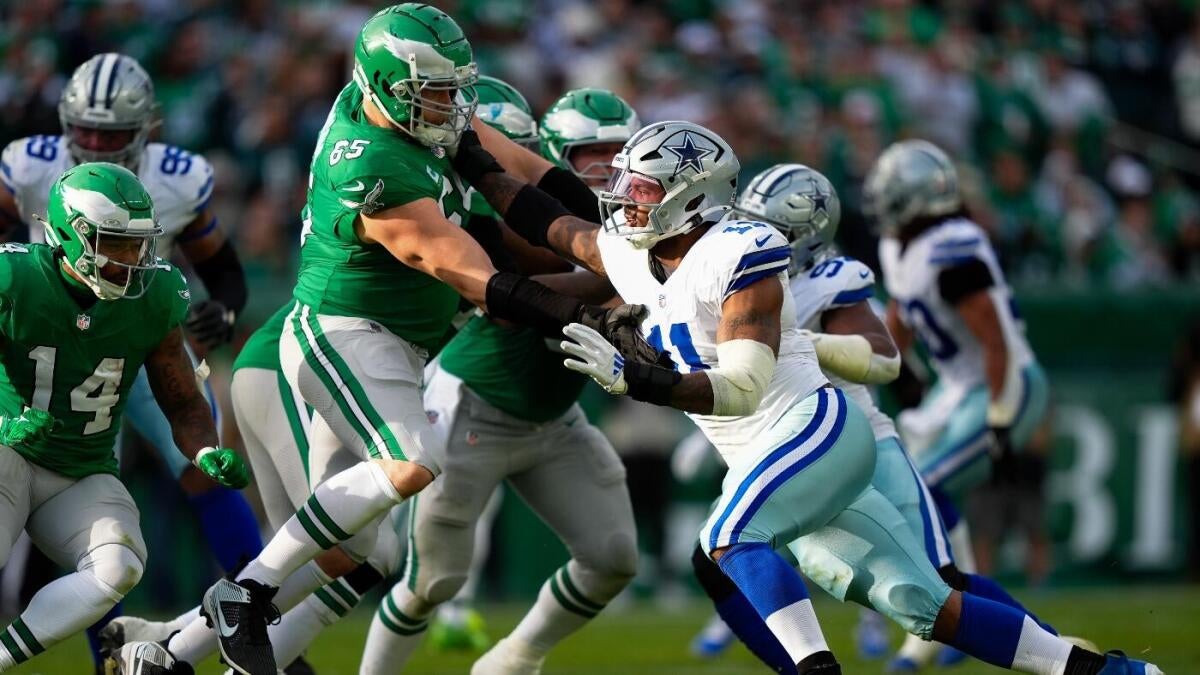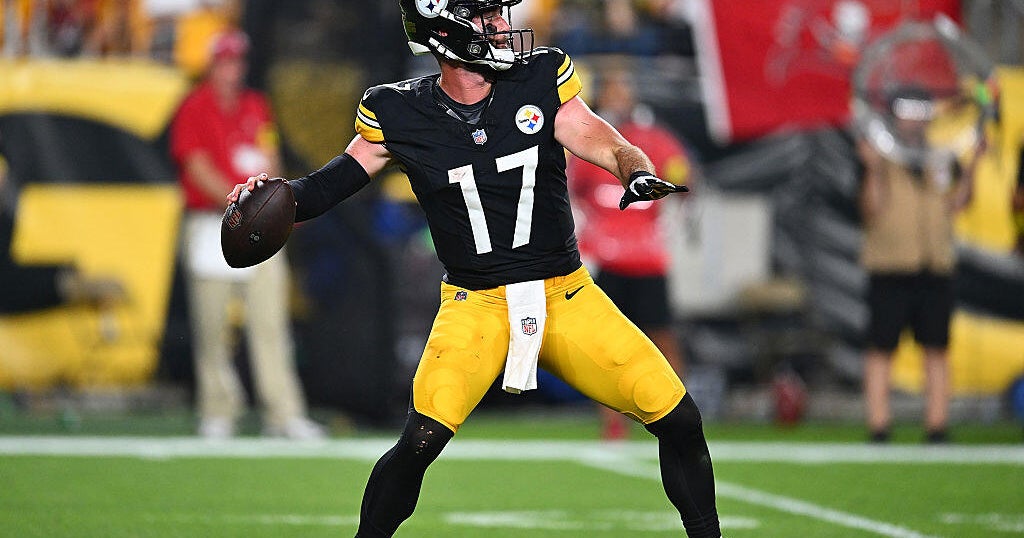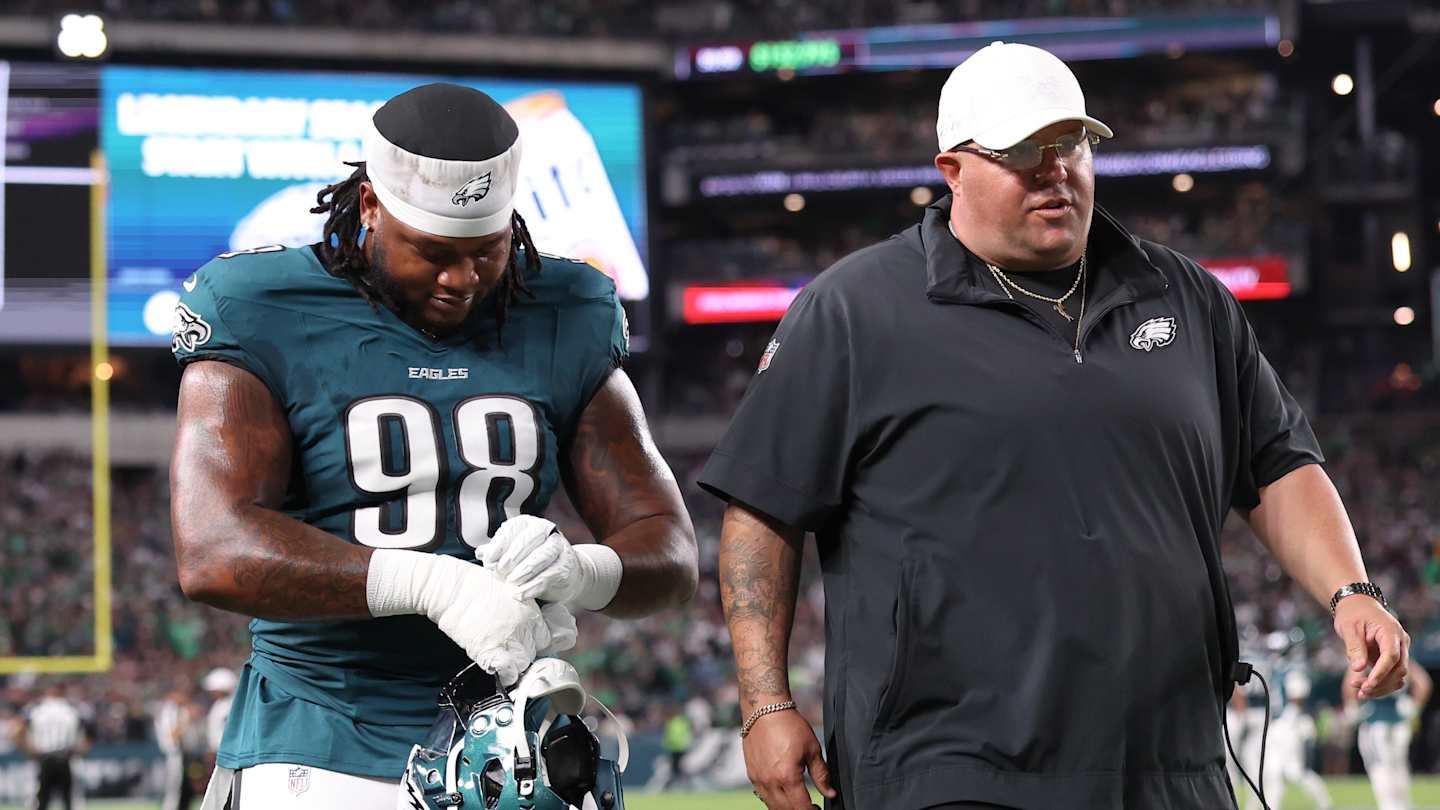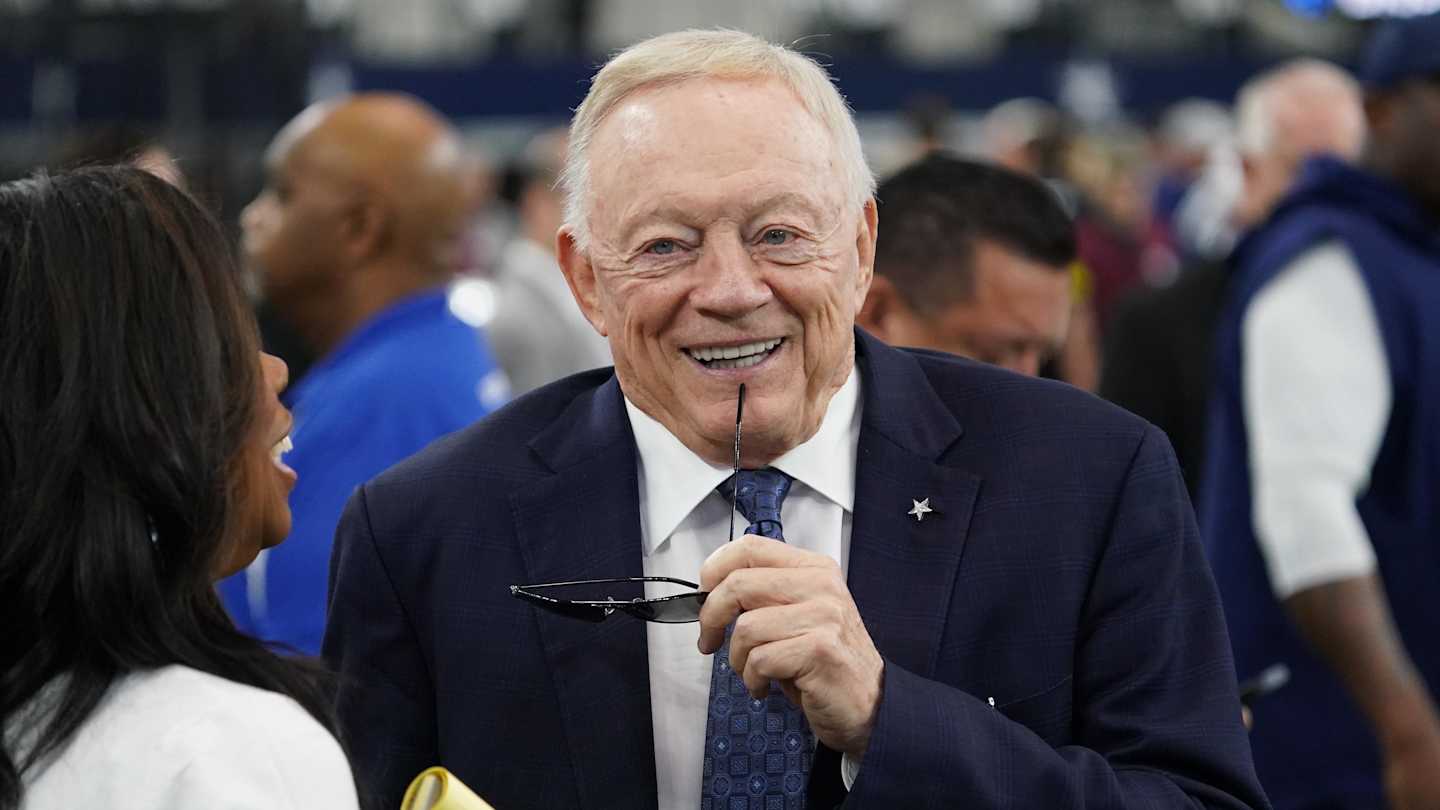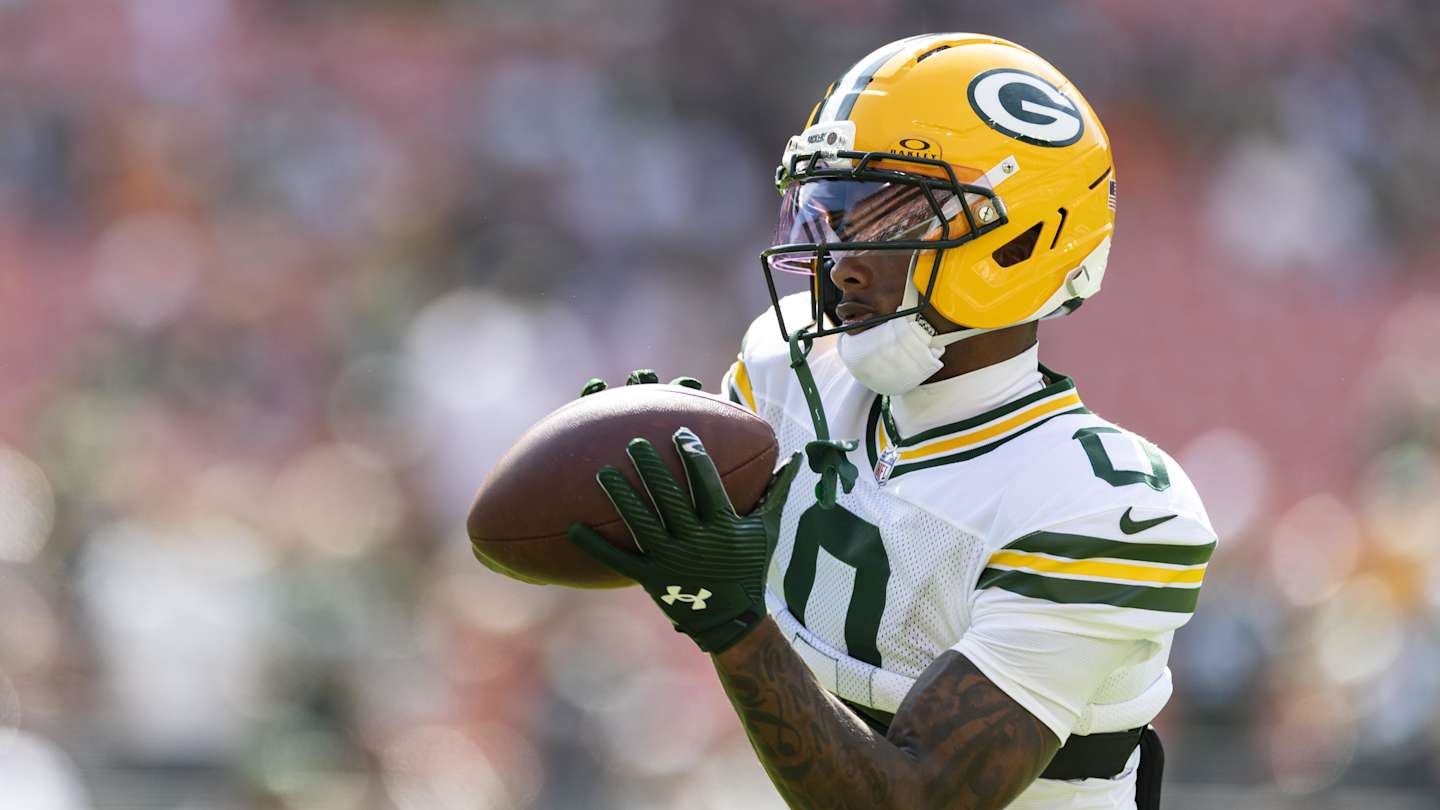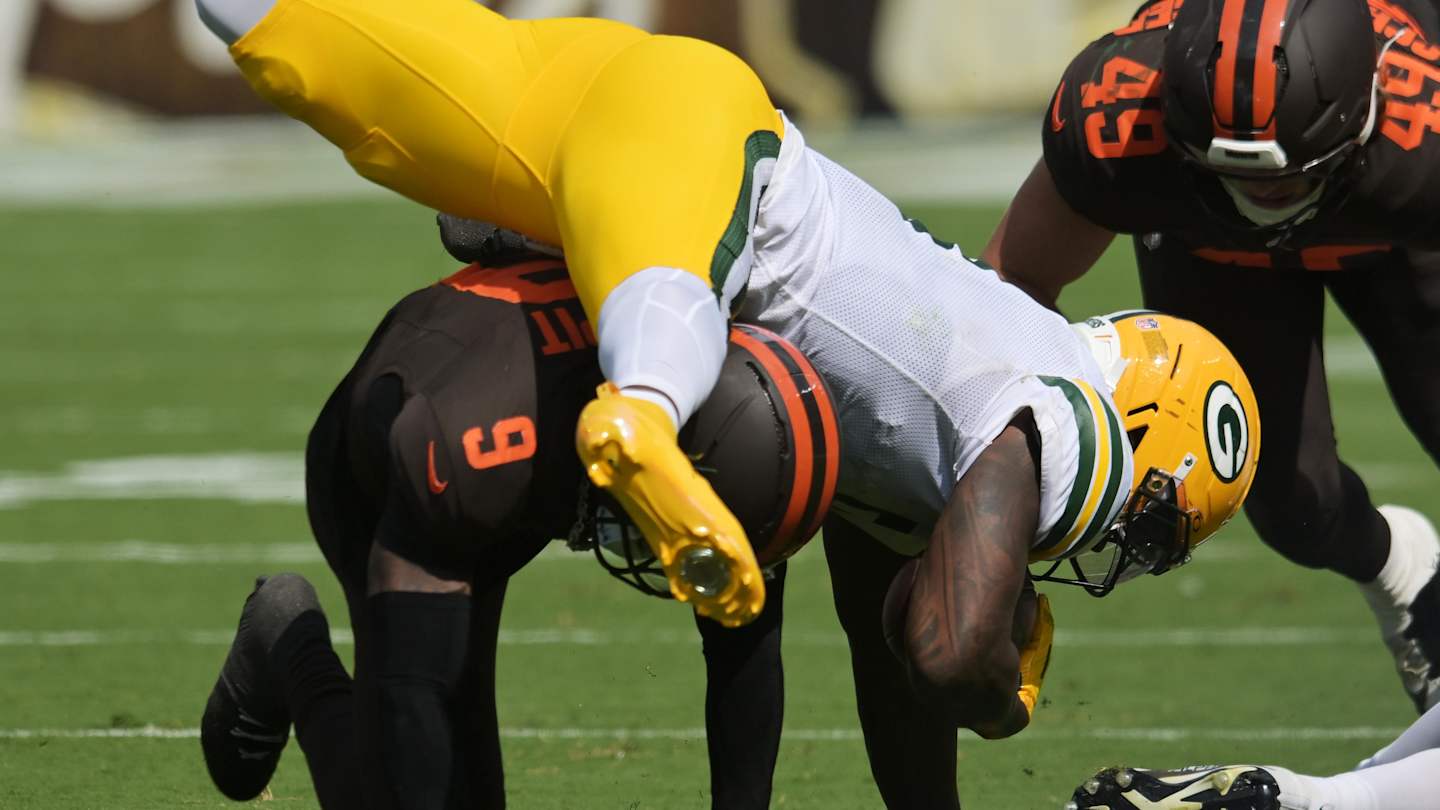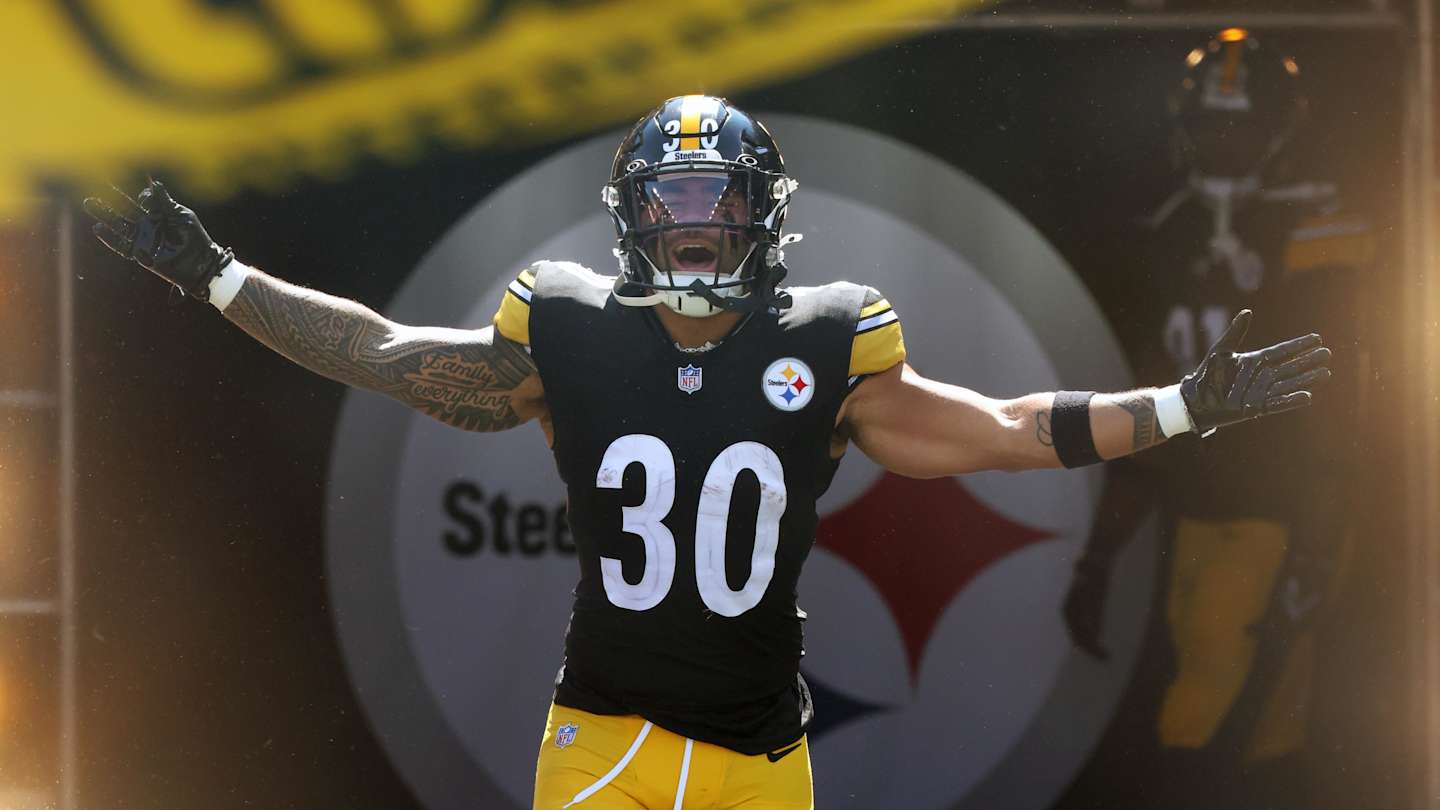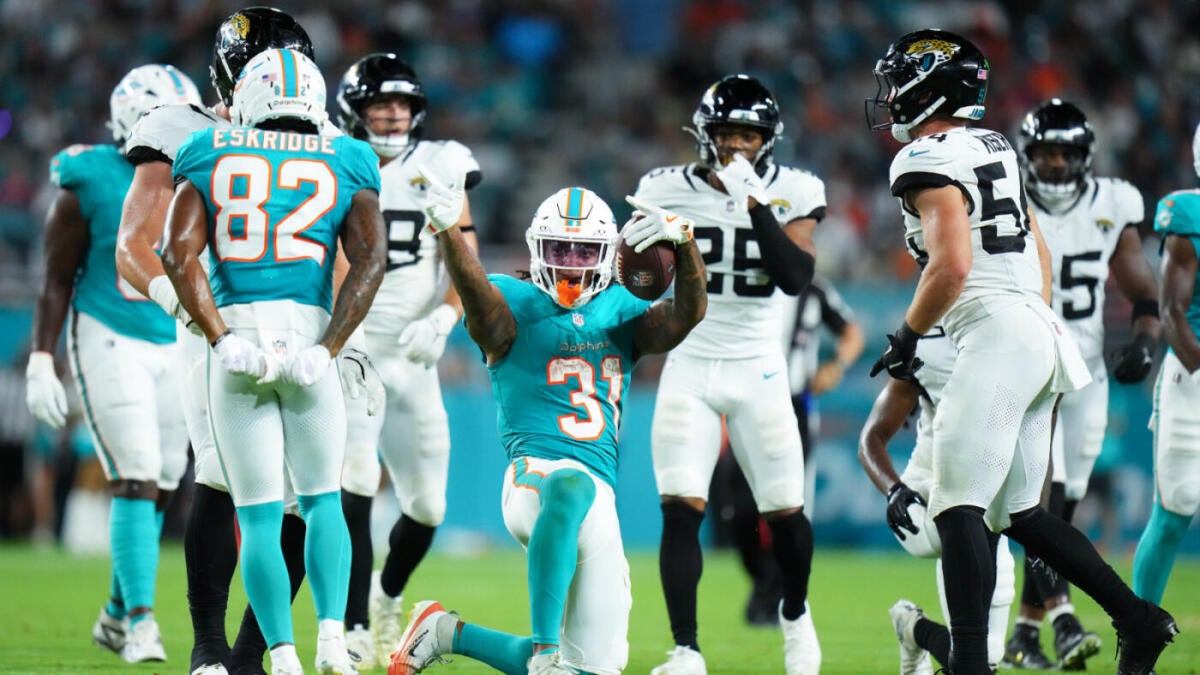
As the NFL kicks off its 106th regular season tonight with a highly anticipated matchup between the Philadelphia Eagles and the Dallas Cowboys, fans will witness more than just gridiron action. The league is officially rolling out its virtual measurement system for the first time in regular-season play, a significant technological leap poised to change how we view crucial first-down calls.
After years of meticulous development, substantial investment, and the installation of 180 high-tech cameras across 30 American stadiums (with even more internationally), the NFL is finally showcasing its new system in games where every yard truly counts. However, sources within the league tell CBS Sports that Week 1 will be watched with “bated breath” following some “uneven test results” during the preseason.
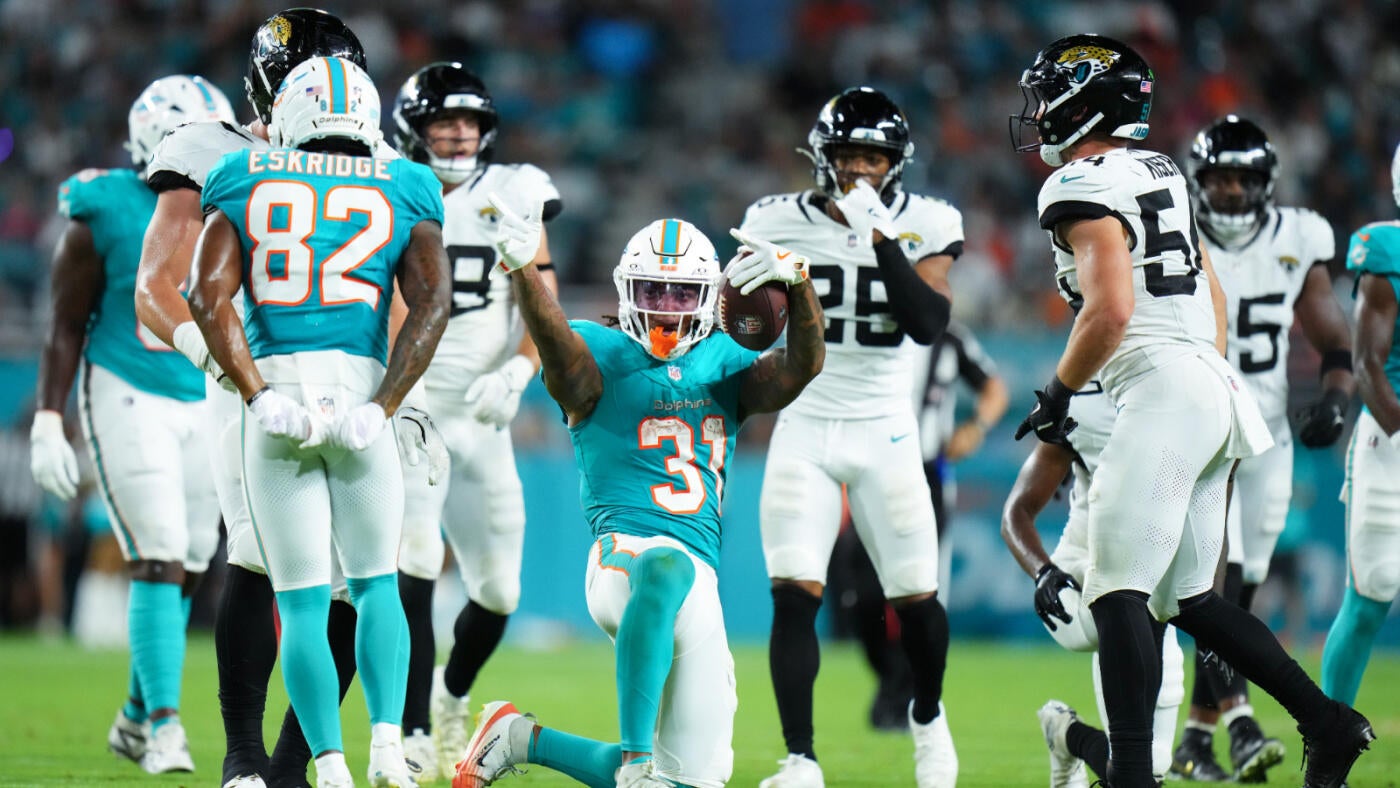
The Promise of Speed and Precision
The new virtual line-to-gain system, powered by Sony Hawk-Eye technology, aims to significantly reduce dead time during games. It replaces the traditional chain gang as the primary method for determining if a first down has been achieved. While officials will still spot the ball, the system uses six mounted cameras to virtually measure whether the ball has reached the line to gain.
“The accuracy isn’t the problem. It’s just how long it takes sometimes,” a league source noted, highlighting the primary concern. Another source suggested an additional year of testing might have eased some of the current tension.
During its public testing in the 2024 preseason and background testing in the 2024 regular season, virtual measurements averaged around 30 seconds, a stark improvement over the 75 seconds typically required by the chain crew. This efficiency is crucial for the NFL, which prioritizes keeping game durations around the three-hour mark, evidenced by its expedited review and replay assist systems.
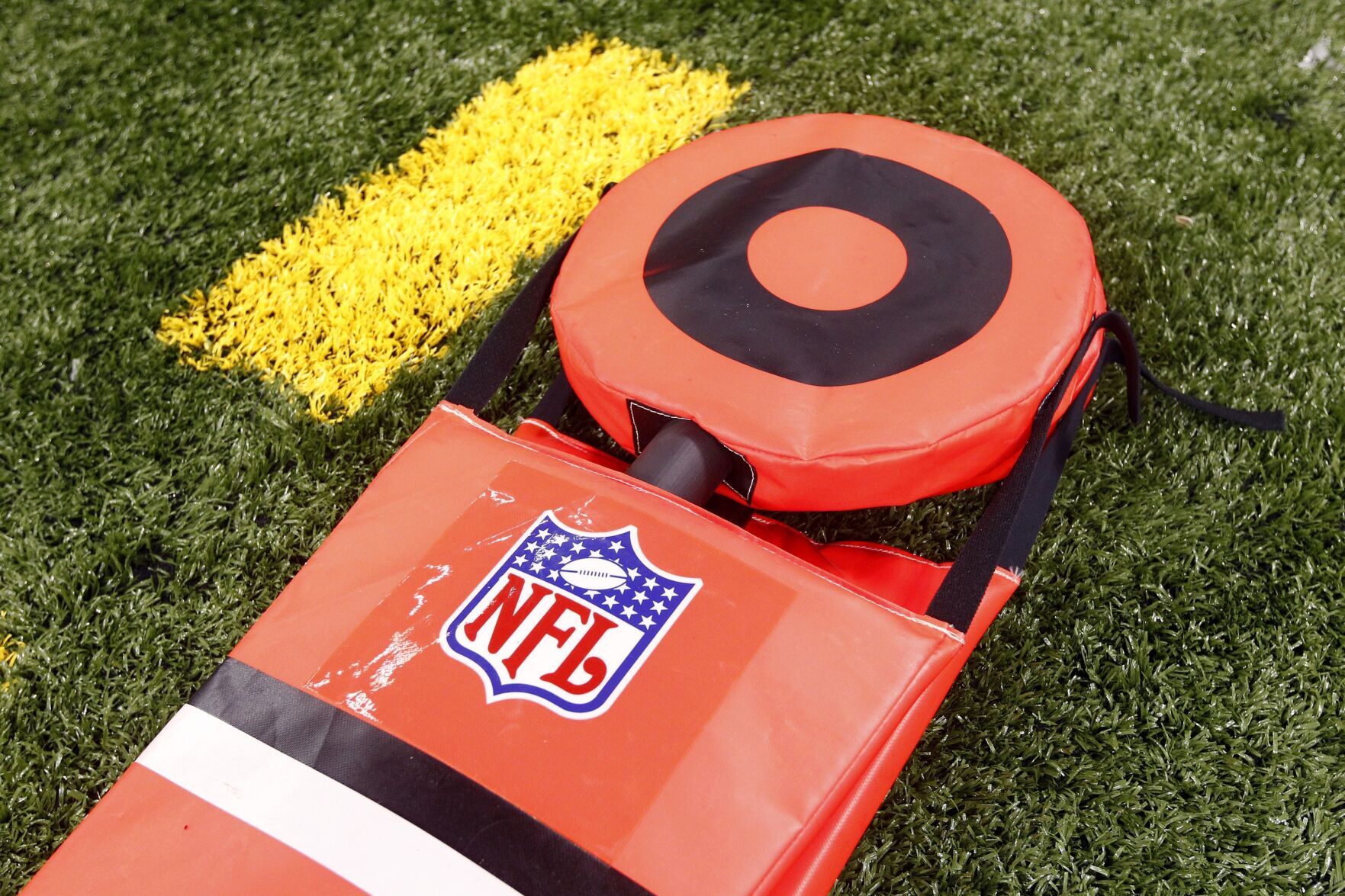
Preseason Hiccups and Operator Adjustments
Despite the potential benefits, the system has encountered some “snags.” Last year, graphics quality was a point of concern for many within the league, prompting enhancements for this season. Latency issues also persisted into this preseason, with some measurements taking as quickly as 20 seconds, while others appeared to take as long, if not longer, than the traditional chain method.
Multiple league sources indicated that the NFL “overtested” the system this preseason, treating it as an extensive practice run. Many virtual measurements taken during exhibitions would likely not occur in a regular-season game, as officials could have made the determination visually. However, the league prioritized extensive repetitions ahead of the season opener.
Another source attributed some of the preseason delays to “operator error.” Whether it involved in-stadium graphics or coordinating with local TV broadcasts, the extra time observed in August may not be a factor in September as personnel gain more experience.
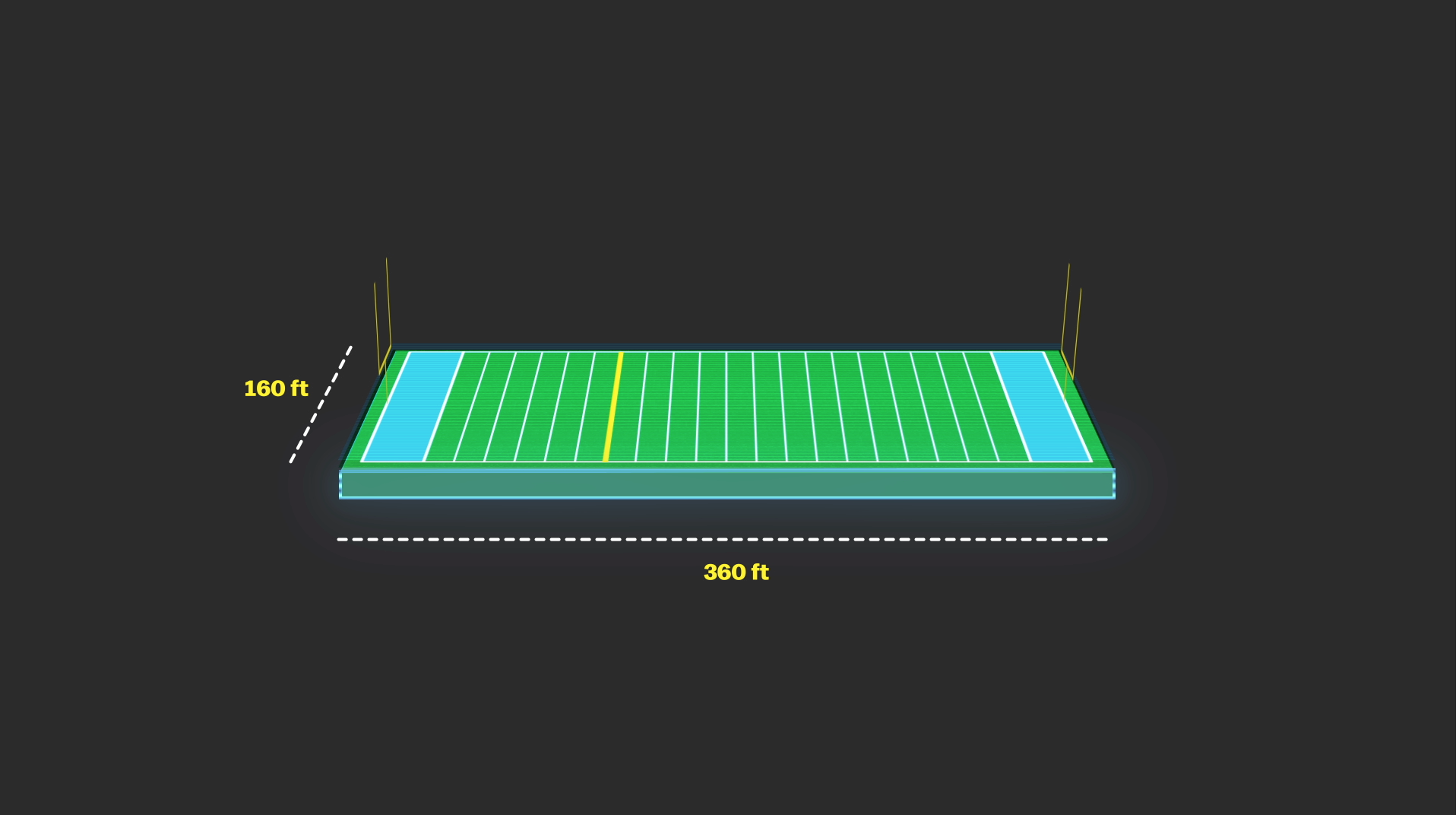
The Chain Gang’s New Role
While the virtual measurement system is now the primary method, the beloved chain gang isn’t entirely gone. They will remain on the sideline this season and likely beyond, serving as a crucial visual aid for game participants and a vital backup in case of system failure. Only if the virtual system becomes inoperable will the chain crew revert to their traditional duties.
It’s important to clarify a common misconception: this system does not spot the ball. Due to the complexities of 22 players on the field, the oblong shape of the football, and various ways a ball carrier can be tackled, human officials will continue to spot the football. The camera technology, similar to what’s seen in tennis, comes into play only after the official has spotted the ball, determining if it has reached or surpassed the line to gain.
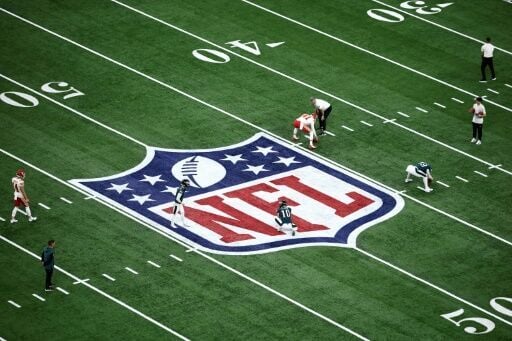
A Historic Week for NFL Technology
This week marks a historic moment for the NFL as its foray into advanced technology will be on full display across 16 games, including four primetime matchups and five nationally televised contests. It all begins tonight with the Eagles, a team no stranger to tight, game-deciding first-down measurements. The success, or challenges, of this new virtual measurement system will undoubtedly be a major talking point as the season unfolds, potentially reshaping the rhythm and flow of NFL football for years to come.
